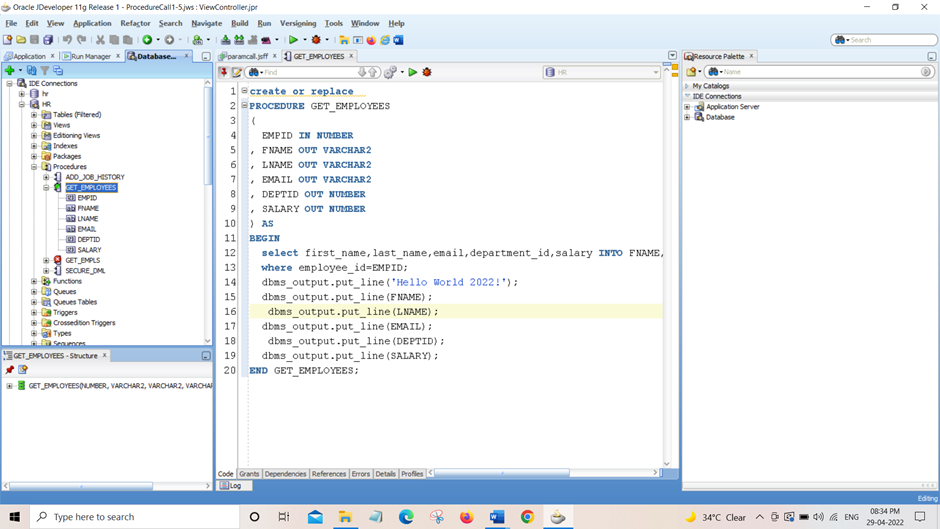ADF-TASKFLOW TRANSACTIONS
TaskFlow Transactions:
As our application can utilize multiple data controls, the ADF Controller (ADFc) through the facilities provided by the task flow transaction and data control scope options, allow one or more data controls to be grouped together and committed or rolled back as a group.
· ""<No Controller
Transaction>"
· "Always Begin New Transaction"
· "Always Use Existing
Transaction"
· "Use Existing Transaction if Possible"
Now let’s see the different options available in transaction management in Taskflows:
Always Begin New Transaction
It is used to start a new transaction in your application. Typically this option is coupled with the isolated data control scope and a new separate data control frame.
If a bounded task flow does start with a new transaction, when
it wishes to complete it must call a task flow return activity commit
or rollback. These call the underlying commit() or rollback() operations on
the associated data control frame, essentially committing or rolling back all
data controls attached to the frame.
On closing it cannot make use of a commit or rollback task flow return activity, at design time such a task flow return activity will be flagged in error. Only a task flow that starts a new transaction can call these. In this case the "Always Use Existing Transaction" option will depend on its caller to finalize the transaction. Instead the "Always Use Existing Transaction" task flow simply calls a task flow return activity with its End Transaction property set to "<Default> none".
Use Existing Transaction If possible
If a transaction is not open, it behaves the same as
"Always Begin New Transaction" and a shared data controls scope.
"<No Controller Transaction>" option is restricted in its interaction with the data control frame; it does have a more liberal relationship with its relating data controls and their transactions.
· Doesn't start a transaction on the data control frame like the
"Always Begin New Transaction" option
· Doesn't check or enforce if a
transaction is open on the data control
frame
· Will not call finalize the data control frame transaction by calling the Data Control Frame commit() or rollback().
The established rules still apply for the data control scope though. If an isolated data control scope is specified for the task flow a new data control frame and data controls will be instantiated. For a shared data control scope the previous task flow's data control frame and data controls will be shared.
Developed sample
application implements one transaction for Departments,Locations and
Employees entities, this sample is based on HR schema .
ADF Task Flows allow to
manage transactions declaratively in View layer.
This means we can think
about transactions in terms of forms available to the user.
For example:
if transportation information is entered into system through two screens -
Source and Destination, transaction will be successful if both Source and
Destination will be valid.
Transaction is opened from main page and is
closed when control is returned back to main page.
If you will take closer look into bounded task
flow that implements transaction, you will see here two pages and return
activity defined. In Department page Department data is modified and in
Employees page Employees data is modified. Modified data is saved during return
from bounded task flow:
Now we
have to create the ADF taskflow with .jspx page
In the bounded task flow we have to create the 2 page & name it as updateDepartment,UpdateEmployee.
Next we need to drag & drop the taskflow return activity.
Click on Task-Flow in the property we have
to select the transactions.
Click on return task & go to the
property inspector in this we need to click End Transaction=commit.
In the adfc-config.xml we have to create
one view & name it as Main.
Next we need to drag & drop the
boundedtaskflow-[Task-Flow]
When we
are Drag & drop the execute with parameter as a button,it will ask for the
Edit Action Bindings.




















Comments
Post a Comment